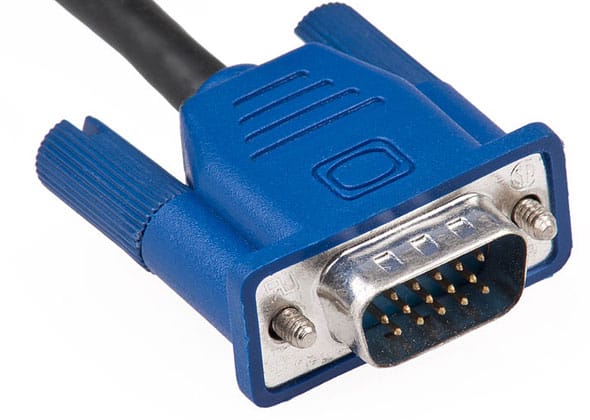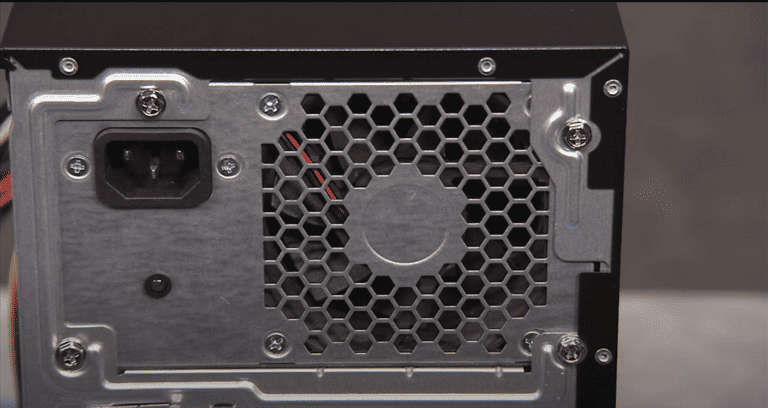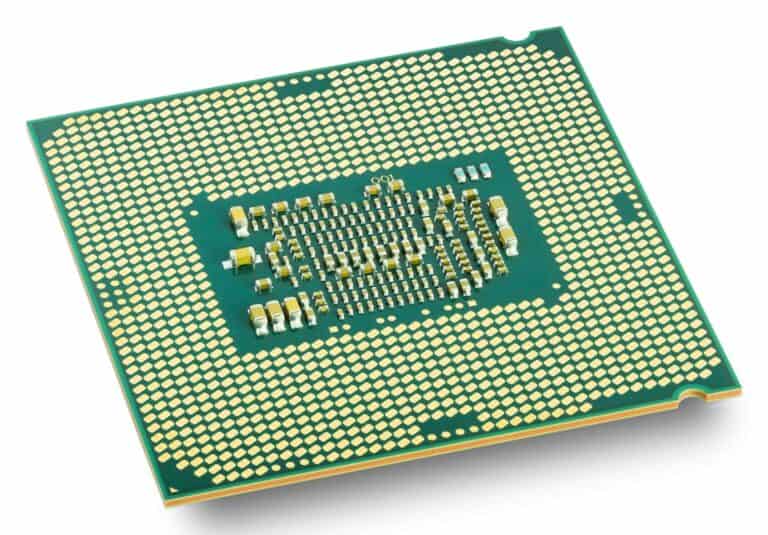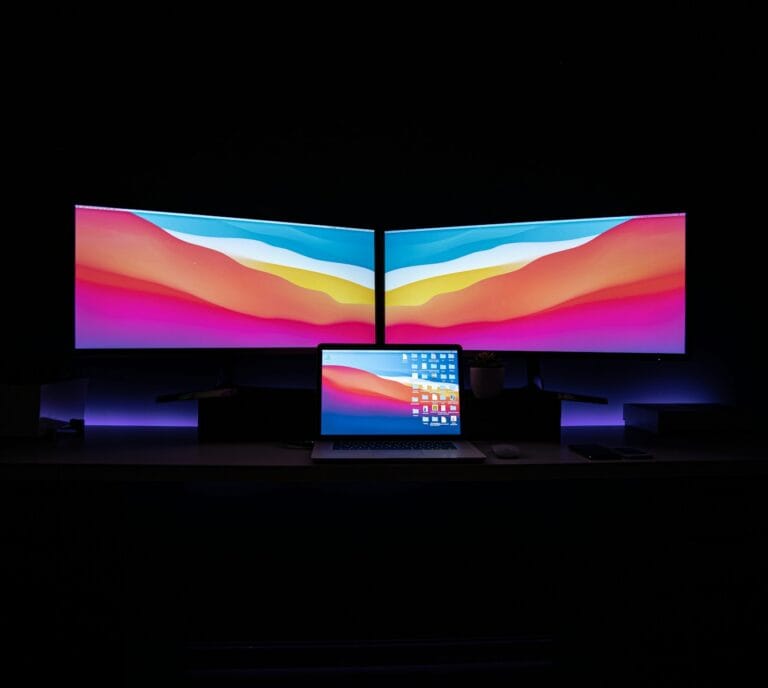Have you ever wondered how the images from your computer get to your monitor? The answer lies in a common but often overlooked component: the VGA cable. This versatile cable has been a staple in computer hardware for decades, ensuring that the visuals we need are seamlessly displayed on our screens.
VGA Cables: Everything You Need to Know
VGA cables have long been on their way out as digital options like HDMI, Displayport, and DVI have offered better versatility and resolution capabilities. But VGA still has its place in the analog world:
| Feature | Description |
|---|---|
| Purpose | VGA stands for Video Graphics Array. It’s an analog interface that transmits video signals only, not audio. |
| Connector | The iconic blue 15-pin VGA connector easily differentiates it from other cables. |
| Signal Quality | VGA offers decent image quality for basic tasks like presentations and everyday computing. However, it can’t handle high-definition resolutions like 1080p or 4K, resulting in blurry visuals on modern displays. |
| Applications | VGA is still commonly found in budget-friendly projectors, older computers, and some industrial equipment. It’s a reliable choice for basic video transmission over short distances. |
| Pros | – Widely available and affordable. – Simple to connect and use. – Compatible with a wide range of devices. |
| Cons | – No audio transmission. – Limited to older display resolutions. – Susceptible to signal interference over long distances. |
| Alternatives | For higher-quality video and audio, consider using Digital Visual Interface (DVI), HDMI, or DisplayPort cables. These offer sharper visuals, support audio, and handle higher resolutions with ease. |
Choosing the Right VGA Cable:
- Cable Length: Match the cable length to your needs. Avoid unnecessarily long cables to minimize signal degradation.
- Cable Quality: Opt for good-quality cables with shielded connectors to ensure reliable signal transmission and minimize interference.
- Adapter Options: You may need adapters if your devices have different video connectors (e.g., VGA to HDMI). Choose high-quality adapters for optimal performance.

While VGA isn’t the newest technology on the block, it still serves a purpose for basic video needs. Understanding its strengths and limitations can help you decide if it’s the right choice for your setup.
What is a VGA Cable?
The Basics
A VGA (Video Graphics Array) cable is an essential device in the world of electronics. It’s the bridge between your computer and display devices like monitors and TVs. A standard VGA connector is equipped with 15 pins arranged in three rows and comes in two types – male and female. VGA cables stand out for their high-quality construction and come with an unconditional warranty, showcasing their reliability.
Diverse Applications
VGA cables are not just limited to connecting computers to monitors. They play a pivotal role in linking a variety of electronic devices, including laptops, televisions, and video cards. These cables are instrumental in transmitting video signals, ensuring that the visuals we see are clear and stable.
Various Types
The VGA world is rich with options. From mini VGA ports to full-size cables, each type serves a specific purpose. Other common names include RGB connector, HD15, and DB15, each signifying different cable designs. You’ll find male connectors like HD15 and female types like HD15 female, catering to different connection needs. Specialized cables like VGA splitters, adapters, and VGA to RCA breakout cables are also available, broadening the scope of VGA’s functionality.
How VGA Cables Work
A VGA cable’s primary function is to transmit video signals. It carries analog components of red, green, blue, horizontal, vertical, and VESA data from one device to another. This ensures that the images displayed are a true representation of what the computer sends out.
Key Features
VGA cables come in various sizes and colors, with lengths ranging from 0.75 feet to over 30 feet. They are typically available in black and beige, with options for double or triple shielding. The price of VGA cables varies based on length and type, with options for every budget.
Understanding the VGA Connector
Physical and Electrical Design
The VGA connector, also known as DE-15, HD-15, or DB-15, is a three-row, 15-pin connector. It carries analog RGBHV (Red, Green, Blue, Horizontal Sync, Vertical Sync) video signals. Modern VGA connectors include VESA DDC pins for identifying display devices, ensuring compatibility and optimal display settings.
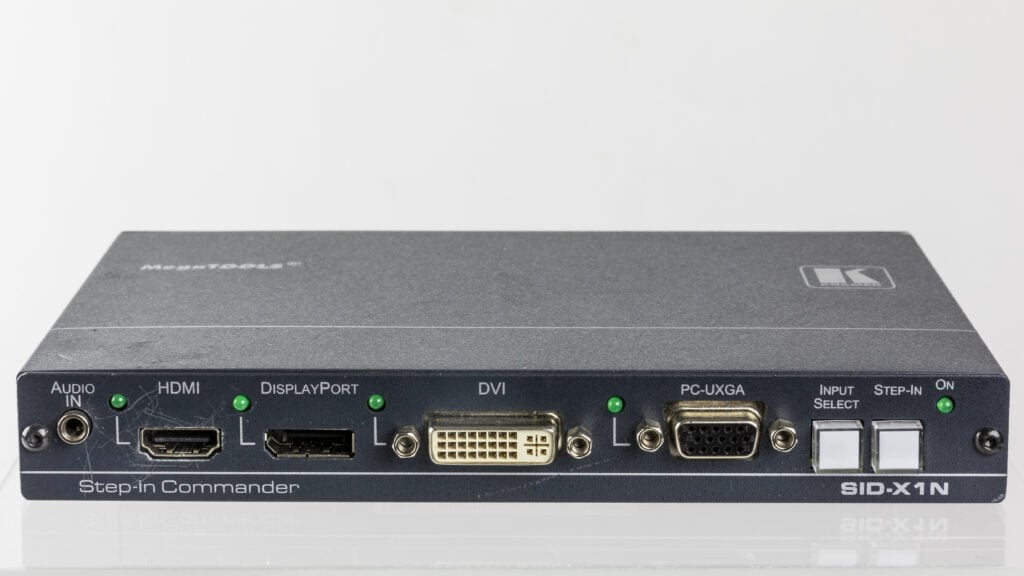
Cable Quality and Alternatives
VGA cables support various resolutions, from 320x400px to 2048x1536px. Quality varies, with higher-quality cables typically being thicker due to coaxial wiring and better insulation. VGA BNC connectors offer a higher quality connection with less crosstalk, utilizing five separate coaxial cables.
Adapters and Extenders
Adapters are available for converting VGA to other connector types, like DVI to VGA. However, converting from digital formats like HDMI to VGA requires a scan converter. VGA extenders, also known as VGA boosters, are used to increase the signal strength over long distances.
Real-World Applications and User Experiences
VGA cables, despite their age, are still widely used in various settings. Schools, businesses, and homes benefit from their reliability and versatility. Users often praise VGA cables for their durability and consistent performance, especially in environments where high-quality video output is needed over long distances.
Summary of Facts
- VGA cables are essential for transmitting video signals between computers and display devices.
- They come in various types and sizes, catering to different electronic needs.
- VGA connectors carry analog RGBHV video signals and have evolved to include VESA DDC pins.
- Quality varies among VGA cables, with higher-quality ones offering better performance and less crosstalk.
- Adapters and extenders expand the functionality of VGA cables, making them adaptable to modern technology needs.
- VGA cables are praised for their reliability and versatility in various real-world applications.
FAQ
What is a VGA Cable?
A VGA cable is a device used to transfer video signals from a computer to a monitor or TV. It features a 15-pin connector and comes in various types and lengths.
How Does a VGA Cable Work?
VGA cables work by carrying analog video signals, including red, green, blue, horizontal sync, and vertical sync, from one device to another. This ensures clear and consistent image quality.
Are VGA Cables Still Relevant Today?
Yes, VGA cables are still relevant and widely used in many settings, including schools, businesses, and homes. They are known for their durability and reliability in transmitting high-quality video signals.

